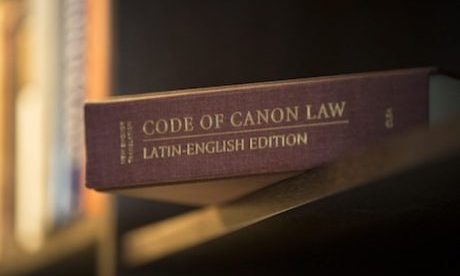“Magnum Principium” is one of the major documents of Francis’ pontificate.
For this reason it deserves an analysis that is not only one of historical-theological context—and not just from the point of view of its possible consequences for the liturgical texts in English—but also an analysis of the institutional context in which it was decided and published.
The establishment of national bishops’ conferences, to which the apostolic letter gives back authority in matters of translations of liturgical texts, was the most important and effective institutional reform of the Second Vatican Council.
Even before the council’s “Decree on the Bishops’ Pastoral Office in the Church” (1965), which mandated the creation of national bishops’ conferences in all nations, the “Constitution on the Sacred Liturgy,” approved in December 1963, relied on this new (though certainly present in different forms in the early centuries of Christianity) governing structure in the Catholic Church.
This was part of the council fathers’ larger vision for a new relationship between Rome and the local churches.
In this sense, Francis addresses the issue of the translations of liturgical texts in the context of his vision for the church and the role of the Roman Curia.
“Magnum Principium” also continues a pattern that has proven one of the most interesting elements of this pontificate.
Francis’ efforts to reform the Roman Curia and decentralize the government of the Roman Catholic Church have tended to bypass and evade the role of the congregations of the Roman Curia.
For example, “Magnum Principium” was issued by the pope motu proprio (“on his own initiative”),not as an instruction of the Congregation for Divine Worship and the Discipline of the Sacraments or a joint document of more than one congregation.
It is also notable that “Magnum Principium” was published during a papal trip abroad.
It was published the day Francis was in Medellín, Colombia, where the foundational event for the post-Vatican II church in Latin America took place: the continental conference of CELAM (the council of the Roman Catholic bishops of Latin America) in 1968.
If it was a coincidence, it was a very interesting one. Continue reading
Sources
- America magazine article by Massimo Faggioli, a professor of theology and religious studies at Villanova University.
- Image: Catholic Herald
